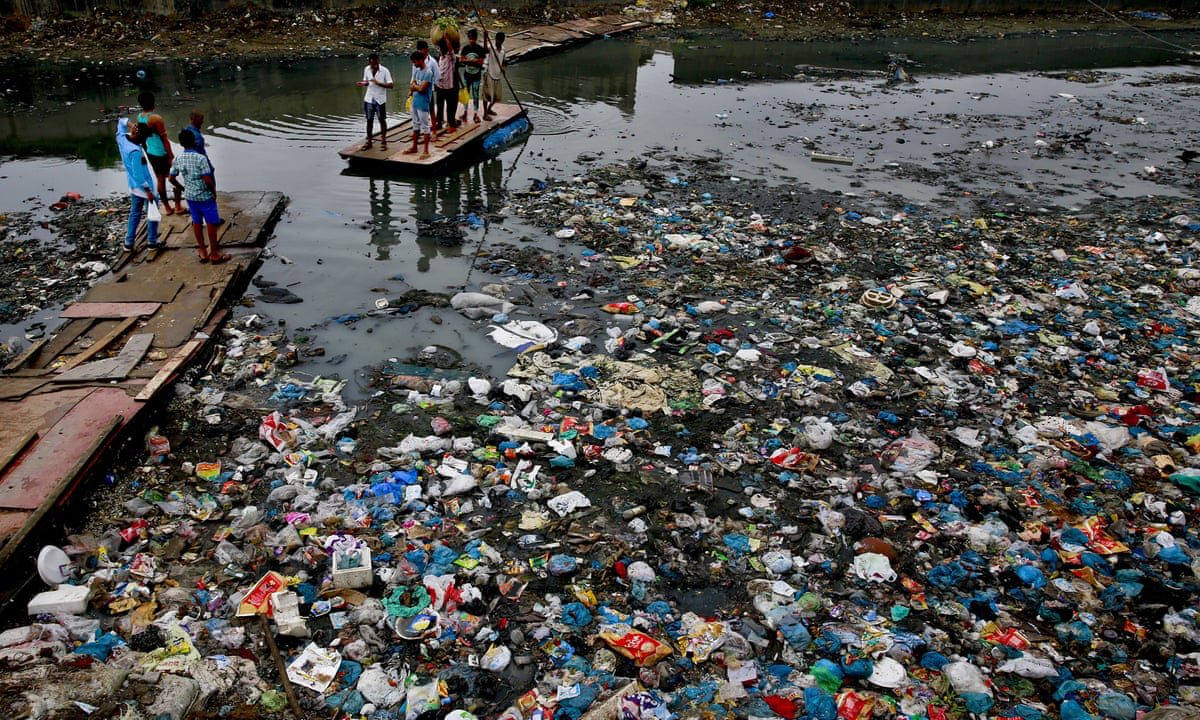|
The Doughnut is a Double Circle: It is now very clear that we are certain to go into a 1.5-degree-plus world within this decade with likelihood to have a 2-degree-plus world by 2100, and that too only if we act now, because beyond that, human civilisation as we know it would have irretrievably changed. Action now will require the immediate capping of global emissions despite the need to enhance energy and material consumption in the global south. Major drivers of the rising emissions in Asia and Africa are buildings and infrastructure. Soaring demand and rapid urbanisation of these regions have a multiple whammy on people and nature. Large-scale negative impacts on ecosystem services due to massive extraction of ores, sands, stone-aggregates and soils for building material are compounded by greenhouse gas (GHG) emissions from the production and manufacture of materials for buildings, roads, bridges etc., and the livelihood losses for communities impacted by the mining and ecosystem loss. Just transitions to greener and more inclusive economies in our regions, therefore, need a similar multi-pronged approach, one that not only addresses the demands for more material resources in a climate-constrained world, but does so in a manner that generates decent jobs and sustainable livelihoods. The resource crises and the climate crises in countries such as India are intimately related and have close ties with the strategies for delivering equitable prosperity. Circular Economy, a concept that emerged from the resource security and economic efficiency concerns of industries, now needs to be seen through the context of local economy benefits of integrated and closed-loop production systems within and across sectors. This challenges the conventional ‘economies of scale’ and the convenient ‘central command and control’ systems of production of buildings and delivery of infrastructure services in cities. In rapidly transforming regions such as India, the circular economy can, therefore, be visualised as the double-circle doughnut1, which has the added layer of a distributive and regenerative economy in addition to material and energy circularity. Value Retention and Value Enhancement as products and services pass through the different stages of raw material extraction, product manufacture, use and next life conception are essential parameters of a circular economy model. It would be useful to note that while ‘resource value’ in the product lifecycle must be measured through the physical metrics of material mass/volume, energy and water; the ‘economic value’ needs to be measured with respect to where and to whom it is accrued within the society and the community. This is central to the concept of a distributive economy and has implications on who is producing what and where. Secondly, the circular economy principle of ‘ensuring what can be returned back to nature is done so in the same form as when it was taken from nature’, is also a guidance to move to a regenerative bioeconomy, one that does not consume but also contributes to regenerate materials, energy and water. Grow your materials where you can and ensure that these are broken down into the biological components through composting and other means when their useful life is over. This puts a spotlight on nature-based solutions for buildings and infrastructure - bamboo and other grasses, secondary timber, agro-waste and other such materials for construction with additional benefits of locking away carbon, and green and blue infrastructure for water and waste management, temperature regulation and energy storage in cities. Technology and business models designed, developed and promoted by the DA Group in the last forty years have been upholding the principles of circularity and the doughnut economy long before it was called so. With Gandhi as our inspiration, we leverage the strengths of local green businesses that manufacture resource efficient, recyclable building materials, deliver green energy, water and waste management services and create jobs and drive local economy growth. The fly-ash blocks, C&D waste pavers, pinewood roofing shingles and wastewater recycling systems that we have developed or adapted and are promoting tick all the boxes for a sustainable future – a future of business that thrives on scaling down, scaling out and aggregating MSMEs, rather than scaling up. The DA Group brings small and localised production and plug-and-play infrastructure options to leapfrog from traditional technology and economy handicaps to greener, more equitable and resilient economies for India and the global south.■
Endnote:
Zeenat Niazi |
